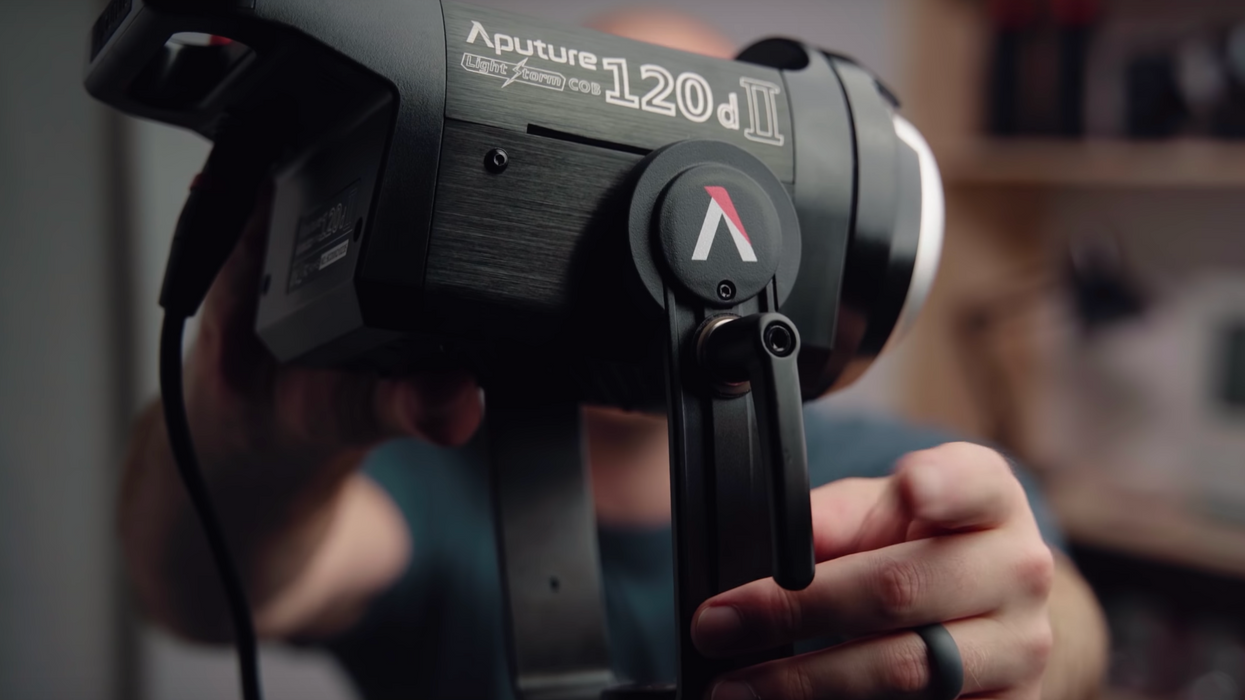7 Key Lighting Concepts You Should Learn Before Shooting Your Next Film
Struggling with lighting? This video sheds some much-needed light on important concepts that you may not know much about.

Lighting is one of the most difficult aspects of the craft to get right for many filmmakers, regardless of their level of experience, due to its dual nature of being technical and artistic. If you're looking at your scenes, feeling as though the lighting is off, but aren't exactly sure about what you can do to make it better, you might want to take a look at this video from Caleb Pike of DSLR Video Shooter. In it, he goes over seven key concepts and techniques that he routinely gets asked about online and offers explanations and demonstrations of each of them so you can light your next project with more confidence. Check it out below:
Obviously, there are tons and tons of tips and pieces of lighting advice that we could talk about in a post like this, but Pike does a great job of covering some of the biggest concepts and techniques that seem to trip up many of those who are just starting out. Here is a quick overview of what he talks about in the video:
- Use larger light sources: Bigger lights = softer light AND bigger eye light
- Use fewer lights: You don't need a ton of lights to get professional-grade lighting. In fact, one or two powerful fixtures coupled with several good light modifiers will usually not only be enough for your shoot but will also be a lot more economical.
- Lighting position: Pay attention to the distance, axis, and angle of your light in relation to your subject.
- Backlighting: When shooting outdoors and using the sun as your key, try using it as a backlight instead. This will usually result in more even lighting and softer shadows, as well as a nice lighting effect that draws your subject away from the background.
- Use ceilings and walls: You know what's great about walls and ceilings? They make excellent (and free) bounce boards.
- Use colors in your lighting: Don't be afraid to add color to your lighting, whether it's to add some flare or to create a stylistic mood to your scene. Color gels aren't very expensive, so be sure to get your hands on a pack or two of your favorites.
- Know your ratios: There's really no right or wrong way to light a subject, but you should definitely understand the relationship between its "key side" and "fill side," or what's referred to as a lighting ratio. You can learn more about it here.
What are some important lighting tips that you think filmmakers should know about? Share them down in the comments.
Source: DSLR Video Shooter













